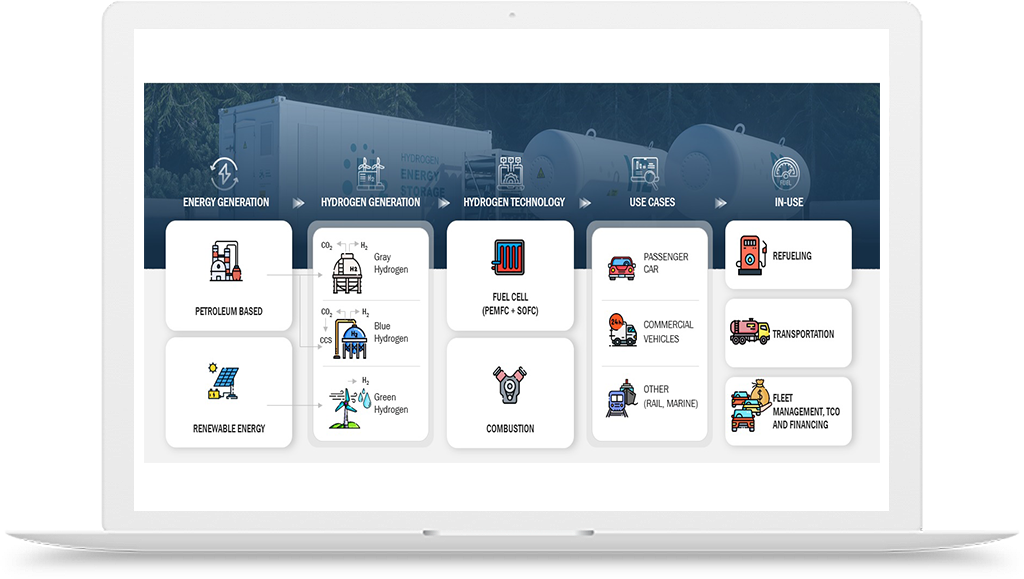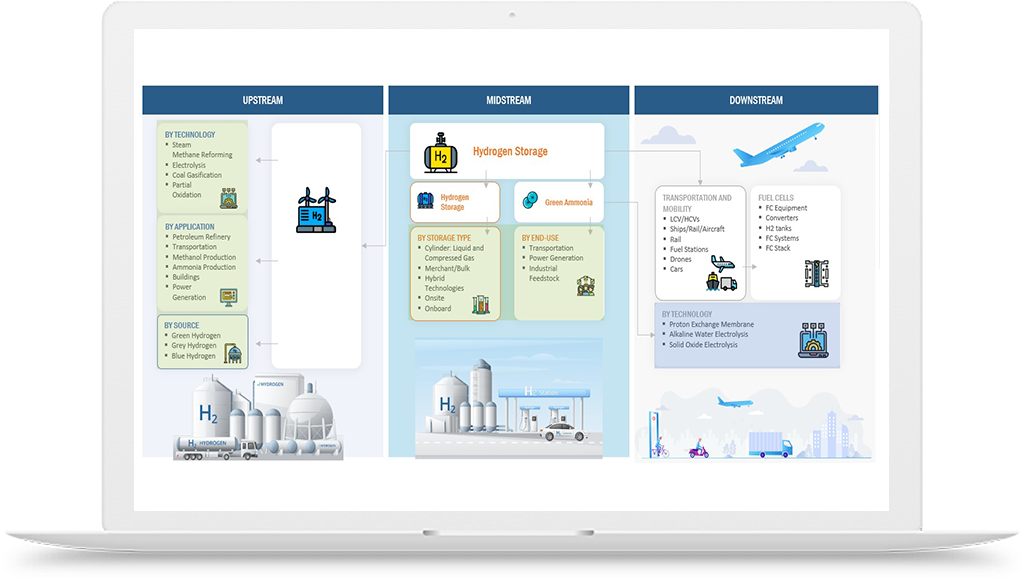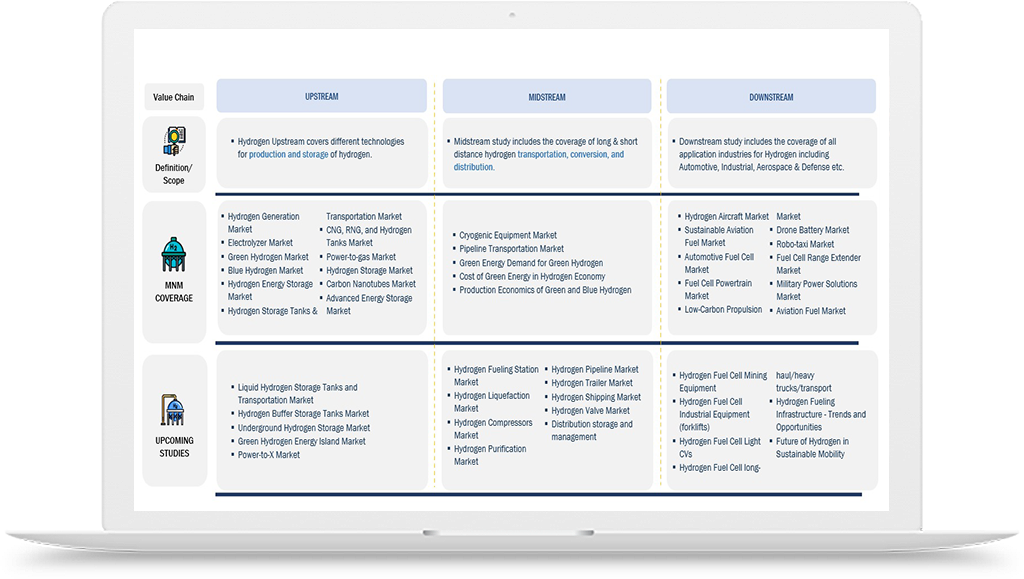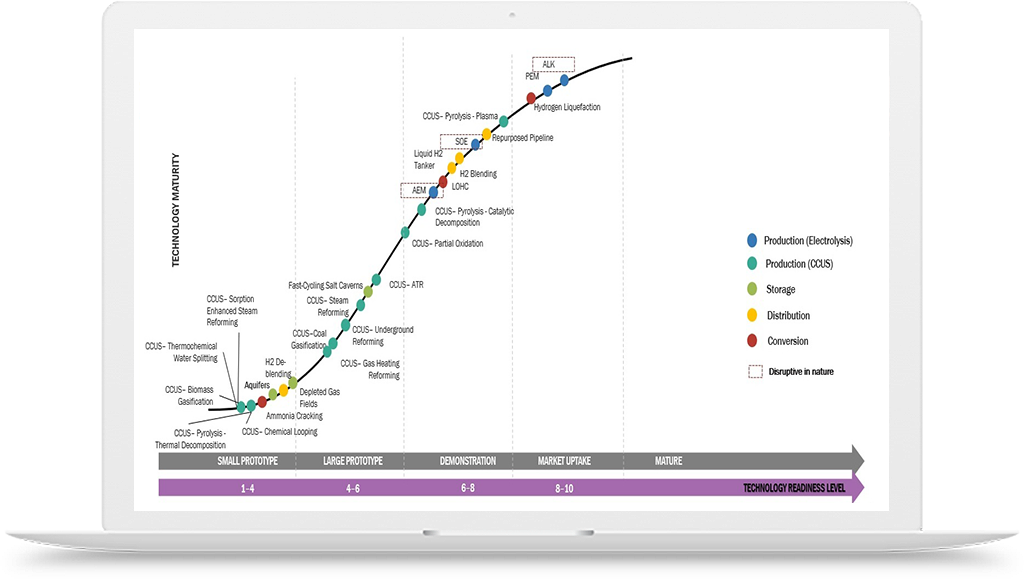Green Hydrogen Deployment Policy Frameworks
Green Hydrogen Deployment Policy Frameworks for Governments and Policymakers
To ensure the creation of supportive and cost-effective policy frameworks for the large-scale deployment of Green Hydrogen, governments and policymakers should consider the following strategies:
- Set Clear and Ambitious Targets: Governments should establish clear and ambitious targets for the production, utilization, and deployment of Green Hydrogen. These targets should be aligned with the overall decarbonization goals of the country or region. Clear targets provide a sense of direction and create a foundation for policy development and investment decisions.
- Provide Long-Term Policy Certainty: Policy certainty is crucial to attract investments in Green Hydrogen projects. Governments should provide stable and long-term policy frameworks that support the development and deployment of Green Hydrogen technologies. This includes ensuring consistent regulations, supportive financial mechanisms, and stable market conditions that encourage long-term investment commitments.
- Create Financial Incentives and Support Mechanisms: Governments can incentivize the adoption of Green Hydrogen by providing financial support mechanisms. These may include grants, subsidies, tax credits, and low-cost financing options for Green Hydrogen projects. Financial incentives can help reduce the upfront costs and mitigate the perceived risks associated with the initial deployment of Green Hydrogen technologies.
- Foster Research, Development, and Demonstration (RD&D): Governments should allocate funds for research, development, and demonstration programs to drive innovation and reduce the costs of Green Hydrogen technologies. RD&D support can enable the advancement of key technologies, improve efficiency, and enhance the understanding of safety and infrastructure requirements. Collaborations between industry, academia, and research institutions can further accelerate technology development.
- Build Supportive Infrastructure: Governments should invest in the development of hydrogen infrastructure, including hydrogen production facilities, hydrogen storage, transportation, and refueling or distribution networks. Building a robust and interconnected hydrogen infrastructure is crucial to enable the large-scale deployment of Green Hydrogen and create a reliable supply chain. Governments can collaborate with industry stakeholders to identify infrastructure gaps and develop strategies for infrastructure development.
- Foster International Collaboration: Governments should actively engage in international collaboration and cooperation to promote the global deployment of Green Hydrogen. This includes sharing best practices, harmonizing standards and regulations, and facilitating cross-border trade and investments. Collaboration can help accelerate the growth of the Green Hydrogen market, unlock cost efficiencies through economies of scale, and foster knowledge sharing among countries.
- Support Skills Development and Education: Governments should invest in skills development and education programs to ensure a skilled workforce for the Green Hydrogen industry. This can involve training programs, vocational courses, and academic research initiatives focused on hydrogen technologies. By fostering a skilled workforce, governments can support the growth of the industry and enhance local job creation.
- Engage Stakeholders and Foster Dialogue: Governments should engage with industry stakeholders, research institutions, and local communities to understand their perspectives, address concerns, and foster a collaborative approach to policy development. Regular dialogue and engagement can help identify barriers, assess the effectiveness of policies, and foster a supportive ecosystem for the large-scale deployment of Green Hydrogen.
















